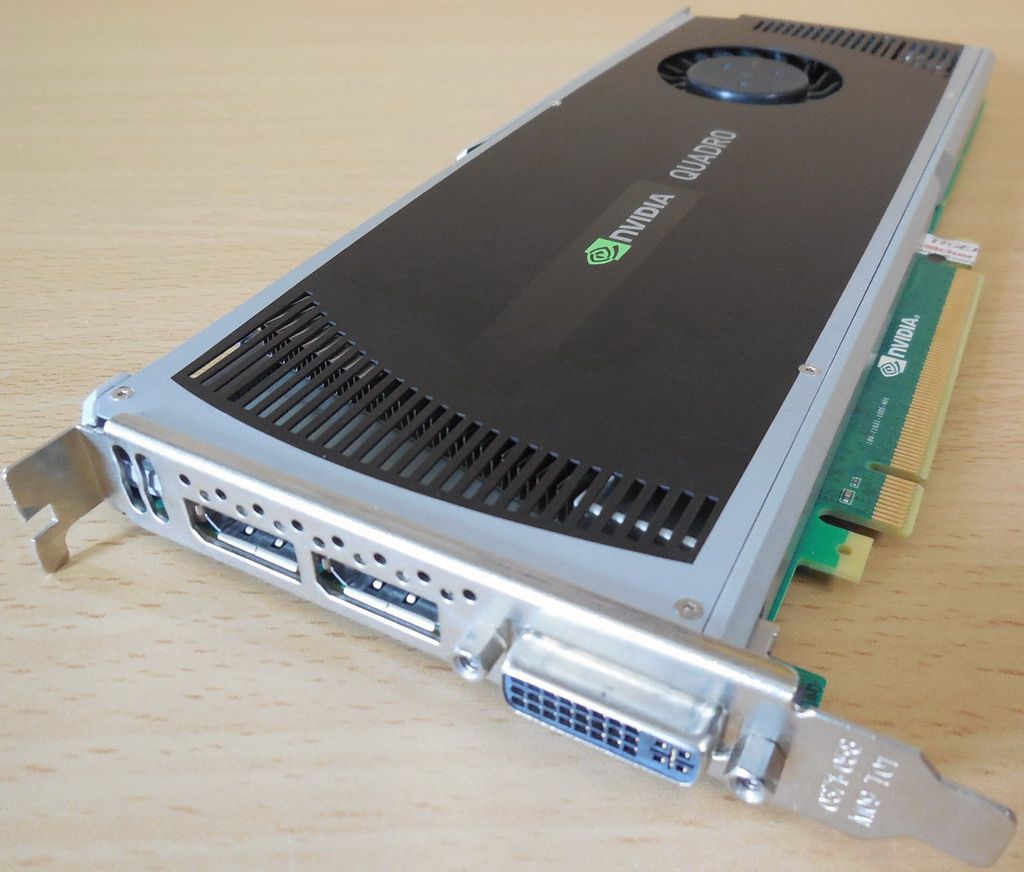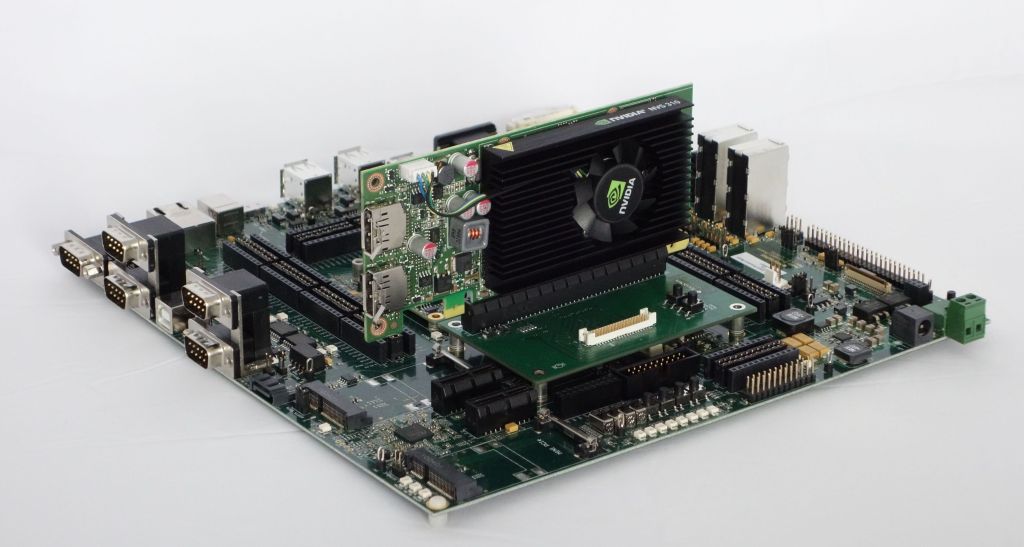
NVIDIA hails their new Quadro card as the perfect solution for professionals who need a graphics solution that excels under extreme workloads. This is pretty significant as the former card comes in a less than half the price of the M5000. Here, the HP Z640 with the NVIDIA P4000 showed strong performance, beating the M5000 in every category. These viewsets include CATIA, Creo, Energy, Maya, Mecial, Showcase, Siemens NX, and Solidworks. SPECviewperf runs 8 benchmarks it calls viewsets, which all represent graphics content and behavior from actual applications.
#Quadro 4000 professional
The next benchmark is SPECviewperf 12, the worldwide standard for measuring graphics performance based on professional applications. The M5000 posted 286.87 FPS and 112.13 FPS, respectively.


Average FPS, showed the P4000 with an average of 499.66 FPS while minimum FPS came in at 280.92 FPS. Looking at drawtime, the P4000 measured 6.349 seconds, which was just slightly higher by a few hundredths of a second compared to the M5000, which posted 6.324 seconds.

We will be using a benchmark that looks at several aspects of the ArcGIS program however, we are most interested in the average of the drawtime, average frames per second (Average FPS), and minimum frames per second (Minimum FPS). Though the M5000 is a step up in class, the P4000 is a newer card with newer components. To test the NVIDIA Quadro P4000, we installed it in our HP Z640 desktop workstation and ran several relevant benchmarks to evaluate performance when compared to the nearest similar-class GPU in the lab, an NVIDIA M5000. Compute APIs: CUDA, DirectCompute, OpenCL.Max Simultaneous Displays: 4 direct, 4 DP 1.4 Multi-Stream.
#Quadro 4000 full

The P4000 also allows for a very generous amount of display real estate with up to four 5K displays (5120×2880 60Hz, HDR color support) on one card. Power-wise, NVIDIA quotes P4000’s max consumption at 105W, which is noticeably less than larger cards like the 150W M5000. The P4000 is specifically designed for relatively demanding professional applications onand comes equipped with a 1792 CUDA core Pascal GPU, 8GB GDDR5 of memory and advanced display technologies. We will be looking at the NVIDIA Quadro P4000, the middle-ground card of a product line that consists of models from all over the performance and form-factor spectrum. Power-wise, NVIDIA quotes P4000’s max consumption at 105W, which is noticeably less than larger cards like the 150W M5000.Įarly this year, NVIDIA announced their newest professional line of Quadro graphics cards that leverage the Pascal GPU architecture. The P4000 is specifically designed for relatively demanding professional applications and comes equipped with a 1792 CUDA core Pascal GPU, 8GB GDDR5 of memory and advanced display technologies. Early this year, NVIDIA announced their newest professional line of Quadro graphics cards that leverage the Pascal GPU architecture.


 0 kommentar(er)
0 kommentar(er)
